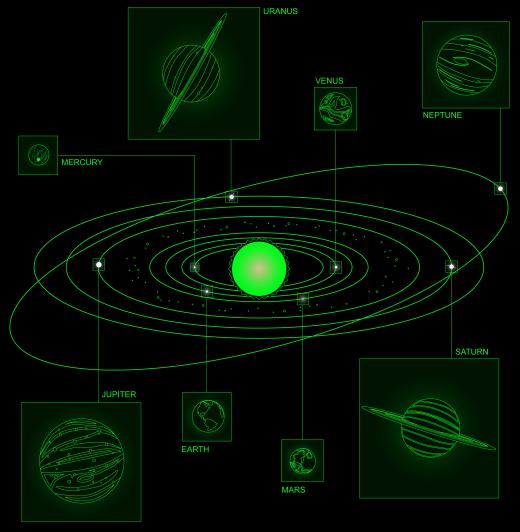What Is a Deep Space Probe?
 Mary McMahon
Mary McMahon
A deep space probe is a spacecraft drone that makes a one way trip into deep space to collect scientific information and broadcast it back to Earth. Probes collect valuable material and are sometimes a topic of public interest. Some examples include the Pioneer and Voyager spacecrafts launched by the National Aeronautics and Space Administration (NASA) in the United States. Individual costs for a single probe can be very high, as researchers need to design the systems and components new each time, applying information they learned from previous successes and failures.
The probe carries scientific instruments capable of recording data in a number of formats. These include cameras as well as sensors to pick up radiation, isotopes of interest, temperature, and other data. The probe may regularly transmit data, or researchers may periodically contact it for a download. As it travels, the signals can become weaker and eventually the deep space probe will not respond to contact from Earth. Lost probes will continue to travel, potentially for millions of years.

Design of a deep space probe must include heavy duty cladding for protection. Radiation levels are very high in space and can interfere with systems on board the probe. In addition, there is a risk of object collisions that must be considered as well. Researchers do not want to launch a probe only to lose it almost immediately to an accident. The heavy duty cladding can also provide insulation, as space is very cold and many electrical systems will not function properly in the extreme cold of deep space.

Meeting the power supply needs of a deep space probe can be a complex task. Probes use solar panels to generate energy to power their systems and also rely on radioisotope thermal generators, which take advantage of the heat created through nuclear decay to make energy. The probe also typically turns off systems when they are not needed. Guidance and control systems remain powered, while cameras and sensors are off until the system turns them on again.

The deep space probe also has a battery array. Lithium-thionyl chloride batteries are commonly used in deep space missions as well as rovers like those landed on Mars. The batteries have a very large storage capacity. The long duration of operations can result in considerable power needs over time. Space agencies may contract out battery development to specialty firms who are capable of meeting the need for extremely durable high capacity batteries.
AS FEATURED ON:
AS FEATURED ON:













Discuss this Article
Post your comments